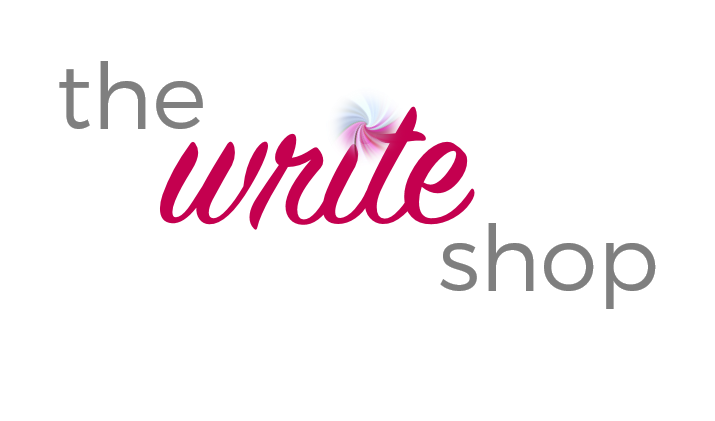3 Tips for your Business Website Layout
In my last blog post, I wrote about 6 questions your website should answer for your visitors/prospects. If you’re creating a website for a new business, or ready to overhaul your current website, those questions are a great place to start.
The next step is to start thinking about where and how to present that information on your website.
When I work on layouts, my goal is always to make it stupidly easy for visitors to find the information they want or need. Ideally, they wouldn’t have to scroll very far or click more than once to find answers to their questions.
To accomplish this, I usually think about 3 major things:
1. Wherever website visitors have a chance to interact with the site (like click on a menu item, link or button, download something, watch a video, fill out a form), is it obvious what they will find when they take that action?
Let’s start with your main navigation/menu options. As a visitor, it’s frustrating to encounter a site with unclear navigation. It might be tempting to ditch the boring standards like “Services” and “Contact”, but resist the urge to use words or phrases that won’t immediately tell visitors what they’ll see when they click. People are unlikely to spend much (if any) time digging for answers they can’t find easily.
For the other interactive content on your site, like videos or form fills, give visitors a clear idea of what to expect when they press play or submit. Title your videos and clearly display how long they are. Tell them exactly what will (or won’t) happen if they fill out one of your forms. This helps people feel comfortable interacting with your content and builds trust.
2. Ideally, what path do I want visitors to take through my site? At the bottom of each page or section, what do I want my visitors to do next?
Thinking this through will help you decide how to arrange your main navigation and your content. What is the most significant way your business can help prospects? This information should be front and center - home page material. Once they know that, where do you want them to go next? Your list of services? A page introducing who you are?
A good rule of thumb is to give visitors something to do at the bottom of each page or section. Lead them down a path you’ve designed strategically.
Remember - not all visitors will go down your designed path, but that’s OK. It’s just another reason your main navigation items must be clear and, again, stupidly obvious. The point is to lay out the information in a way that’s easy to navigate.
3. What format is best for the information I’m presenting?
Your website will need some text, but avoid long, tedious-looking paragraphs. Think about ways to break up large swaths of text. Use simple, bulleted lists and concise, to-the-point sentences. Use call-outs, boxes, colors and fonts to enhance visual appeal.
Consider if any of your information lends itself to a graphic instead of text. How about a video or animation? No matter which format you use, keeping it short, simple, and clearly defined (again, so visitors know what to expect!) are good rules of thumb.
Are you on Facebook? Come visit and like The Write Shop’s Facebook page, where I share recent blog posts and articles I think will be helpful for start-ups, small businesses and professional service providers.



